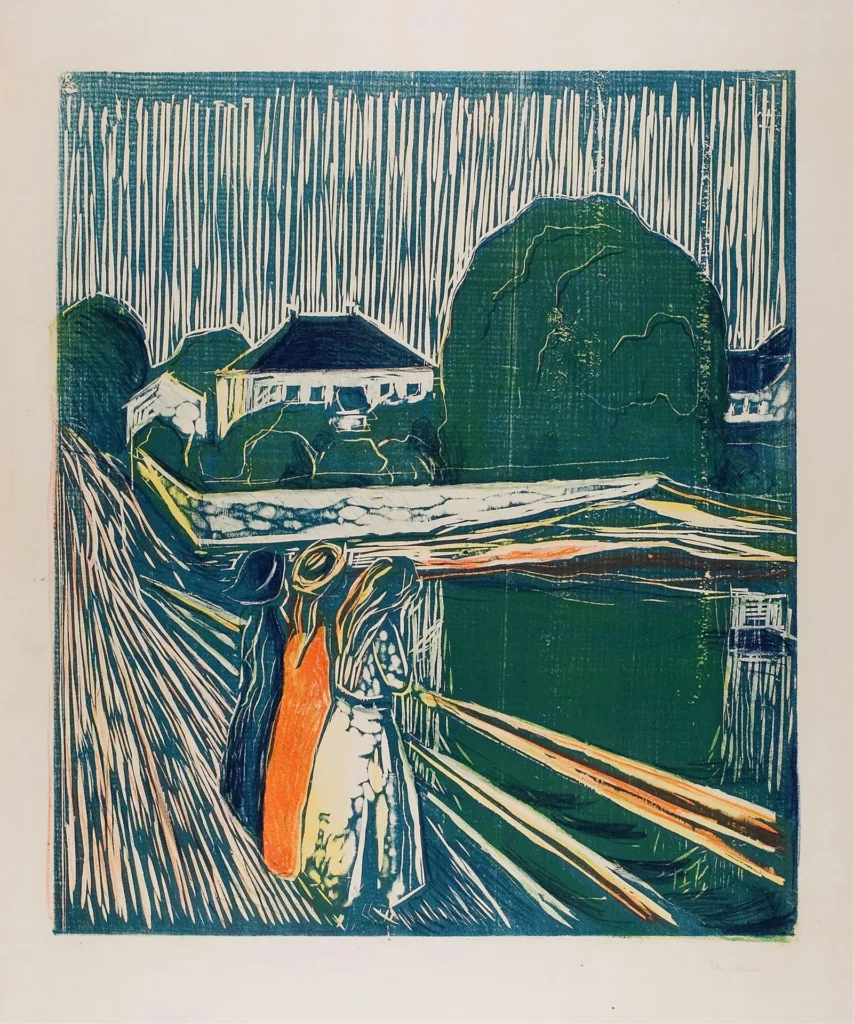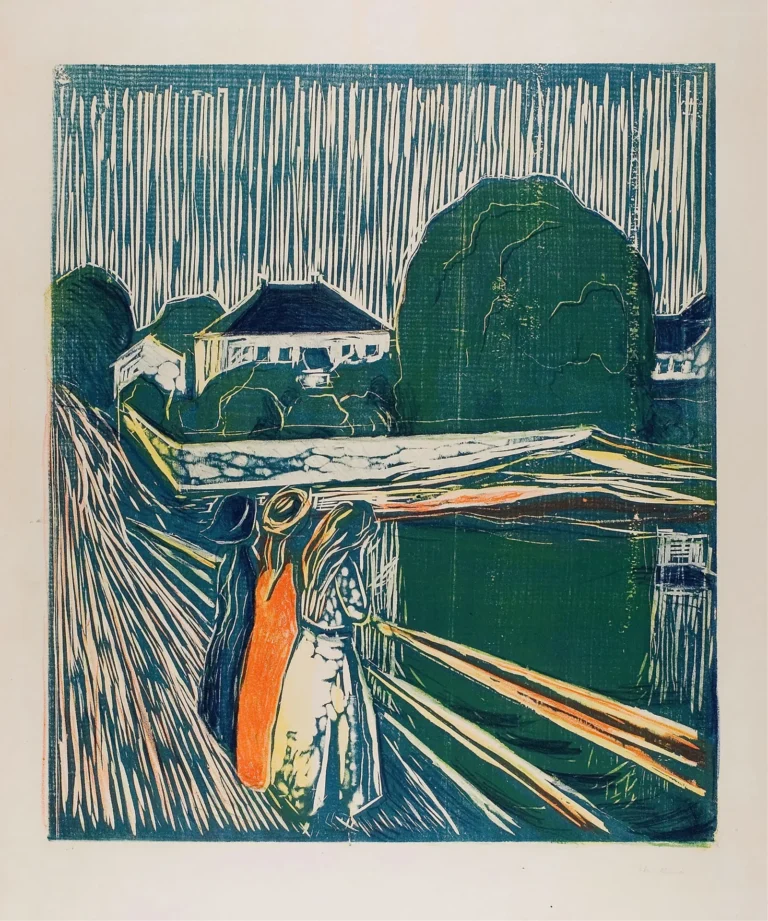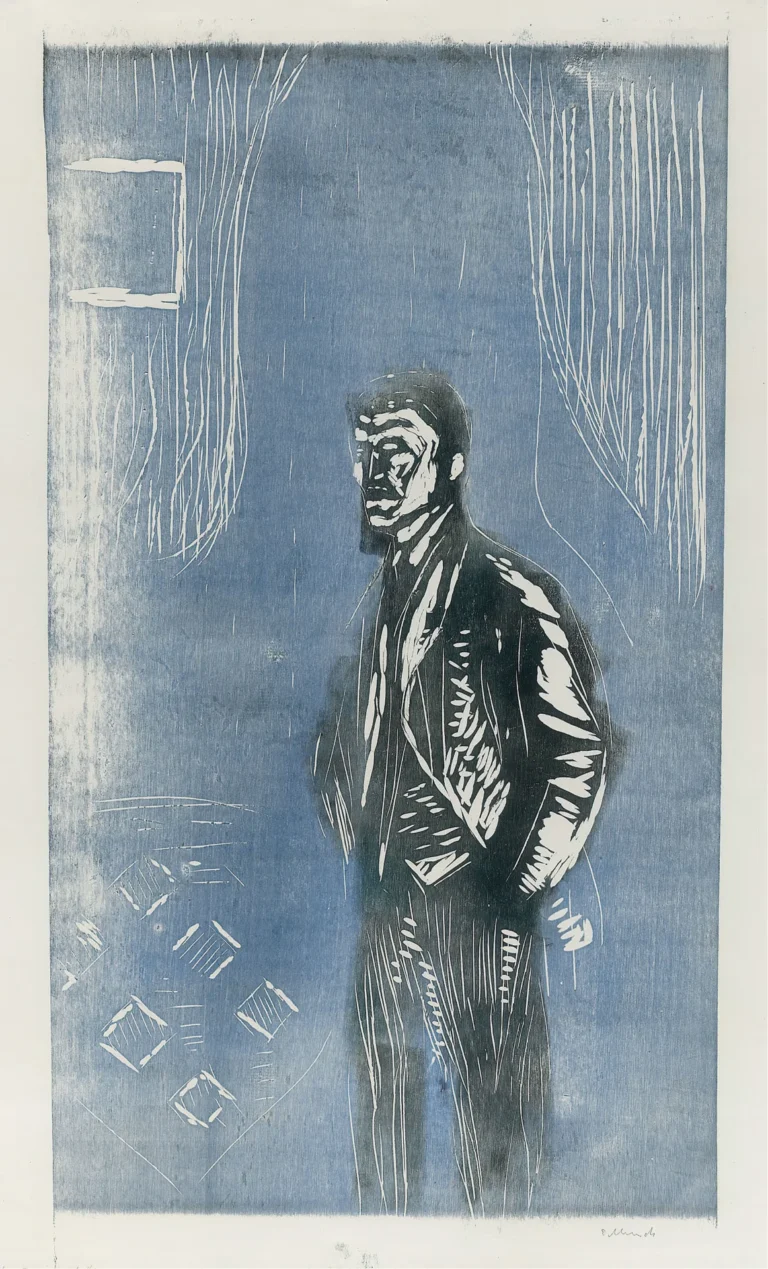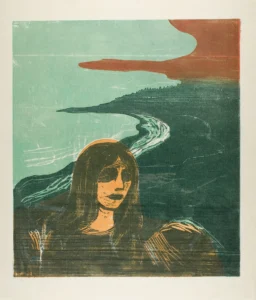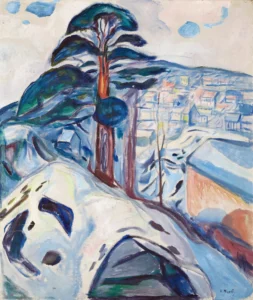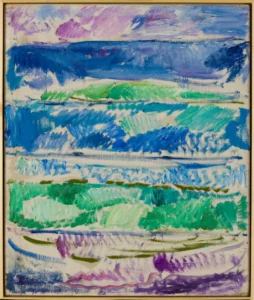The Girls on the Bridge (1918)
The Girls on the Bridge is a compelling artwork by Edvard Munch that captures the innocence of childhood against a tranquil natural backdrop. Featuring three girls leaning on a bridge, Munch's use of decorative style and contrasting colors breathes life into the serene scene. The painting reflects the artist's time spent in Åsgårdstrand, where he drew inspiration from its landscapes. Munch created several versions of this motif, highlighting the enduring nature of his themes related to youth and longing.
1899 - 1901
About the Artwork
This painting conjures up a sense of nostalgia and reflection, encapsulating the fleeting nature of childhood. Inspired by the beautiful coastal village of Åsgårdstrand near Oslo, where Munch frequently sought refuge, The Girls on the Bridge showcases his ability to capture intimate moments of connection between young girls and their environment. The interplay of light and color not only portrays the physical space but also evokes deeper emotions, making the work resonant with themes of adolescence, innocence, and the passage of time. Munch's engagement with this subject matter illustrates his ongoing exploration of psychological and emotional states throughout his career.
Did You Know
Liked what you see? Add it to your collection.
Enjoyed reading? Share it.
... continued
Creation Date
The painting The Girls on the Bridge by Edvard Munch is generally dated to around 1899 or 1901, not 1918. One source specifies it as 'Antagelig 1901' (likely 1901).
Location and Inspiration
The painting was inspired by the coastal village of Åsgårdstrand, near Oslo, where Munch spent a significant amount of time and drew inspiration from the local landscape.
Composition and Themes
The painting depicts three girls standing on a bridge, leaning against the railing and looking down into the water. The scene includes a simplified rendering of the landscape, with a house and trees in the background. The composition uses a decorative style with brightly colored dresses contrasting with the muted colors of the landscape.
Variations and Exhibitions
Munch created multiple versions of this motif, and the painting was exhibited under different titles, such as 'Sommeraften' (Summer Evening) in 1901 and 'Norwegische Sommernacht' (Norwegian Summer Night) in 1902.




